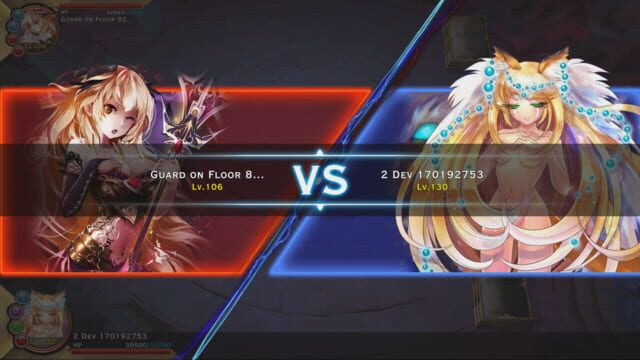

The portrayal of the devil as a black man as an old tradition in Christian hagiography, and can be found already as early - and perhaps earlier - as Athanasius' Life of Antony, written in the fourth century. Guthlac's vita was written by Felix already in the eight century, but the story was expanded by a local tradition at Croyland in the twelfth century which had Guthlac chastise demons with a scourge given to him by Saint Bartholomew.Ī final point I want to comment on here is the appearance of the devil, described as a black Egyptian.

This is something we find in the tradition around Saint Guthlac of Croyland, who came to his wild fens and established his hermitage on the feast of Bartholomew and henceforth dedicated himself to Bartholomew's patronage. That the devil is said to be worshipped by the Indians as Astoreth harkens back to an old Christian tradition which claims that the old pagan gods were in reality fallen angels who had taken up residence on earth as gods, a treatment which is beautifully summarised in John Milton's Paradise Lost. Although it is an angel of God rather than Bartholomew in person who casts out the devil, he is associated with conquering the devil.

Bartholomew is placed in India already by Eusebius and in the Roman martyrology, although the latter gives Armenia as his place of of martyrdom.Īnother significant thing here is the appearance and description of the devil. To me, for instance, it is interesting to note the geographical setting which places India as the outermost realm, and as a neighbour to the dark land, which is possibly meant to be Ethiopia which was confused with India all they way up to the sixteenth century. The story of Bartholomew is an exciting and intersting story for many reasons, but perhaps especially its solid portion of exoticism and gore. From an academic point of view, this tale provides another set of details that are worth commenting. From The Old English Martyrology, edited and translated by Christine Rauer, D. And the king became insane, who wanted him killed, and all the pagan bishops became insane and died, who had reported him. Then the believing king came with many people and took his body and transported it away with great splendour, and put it in a fantastically large church. He therefore ordered Bartholomew, the servant of Christ, to be flayed alive. Then the pagan bishops went and complained about that to the king's Brother he was in another kingdom, and he was older than he was. Then the king of that people received baptism and his queen too, and all the people who belonged to his kingdom. that was the devil, whom the people had earlier worshipped for themselves as a god, and they alled him Astaroth. He showed them an enormous Egyptian whose face was blacker than soot, and his beard and hair reached down to his feet, and his eyes were like hot irons, and spakrs came from his mouth, and a foul stench came out of his nostrils, and he had wings like a Thorny broom, and his hands were tied together with fiery chains, and he cried out with a terrible and loathsome voice and fled away and never appeared again anywhere. And an angel of God came to them there and revealed to the people what their god was, whom they had worshipped previously. In this country he cast out idols which they had previously worshipped there. On the twenty-fifth day of the month is the feast of the apostle St Bartholomew he was Christ's missionary in the country of India, which is the outermost of all regions, on whose one side lies the dark land, on whose other side lies the world ocean, that is Garsecg.


 0 kommentar(er)
0 kommentar(er)
